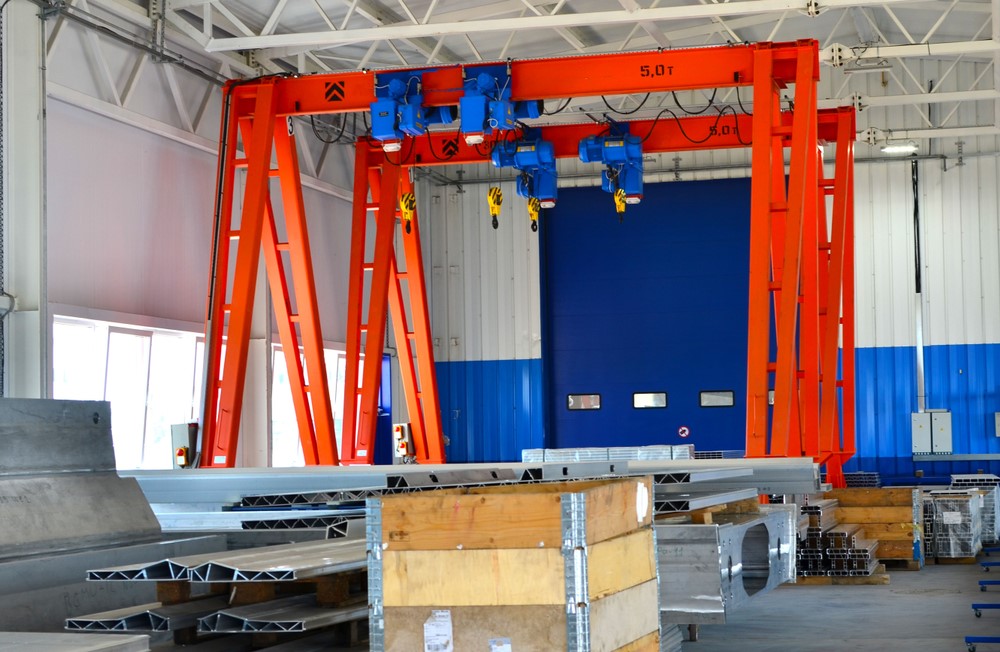Last month in Part 1 of What to Look for in an Overhead Traveling Bridge Crane Inspection, we covered what to look for in the hook and thrust opening, hoist rope, rope drum, limit switch and brakes. Here are some other points of inspection during a traveling bridge overhead crane inspection:

The trolley motor powers the hoisting mechanism traveling on the bridge rails and needs to be inspected monthly for any excessive wear and tear, leaks or cracks. The trolley coupling also needs to be inspected monthly for the same–excessive wear and tear, cracks, etc. It also needs to be inspected to make sure that it is properly lubricated.
The hooks on overhead cranes get beat up because of daily use. They should be inspected frequently to make sure that the hook does not have an excessive thrust opening or is not bent or twisted more than 10 degrees. The hook latch bearings should also be inspected for wear or damage, and examine the hook itself for cracks.
All other parts of the trolley, the gears, shafts and bearings, need to be inspected at least every month. Making sure that these parts are properly lubricated is particularly important.
The buttons and wiring at the control station should be thoroughly inspected at least every semi-annually. The buttons all need to work as specified and the wires should not show signs of fraying, distortion or excessive wear.
The runway monorail should be inspected thoroughly at least every six months to make sure that there is nothing that obstructs the movement of the crane along the runway including the buildup of any debris, oil, grease, etc., as well as make sure that there are no cracks in the structure or signs of excessive wear and tear appear.
The runway conductors are mounted on (or parallel to) the runway and supply current to the crane, and the runway collector—AKA the runway collector shoe–draws power from the conductor and directs it to the crane. These parts need to be inspected each month.
The load attachment chains should be checked each day, but inspected thoroughly each month for any signs of wear, and make sure that there are no cracks, corrosion, or other signs of distress on any link of the load attachment chain.
This completes our series on What to Look for in an Overhead Travelling Bridge Cane Inspection.
We provide comprehensive overhead crane inspections for all types of cranes. With over 20 years of experience, we know what to look for and how to fix it. Contact an overhead crane inspection and repair specialist today by completing our online form at the bottom of our Contact page, or giving us a call at 1-800-829-7454.